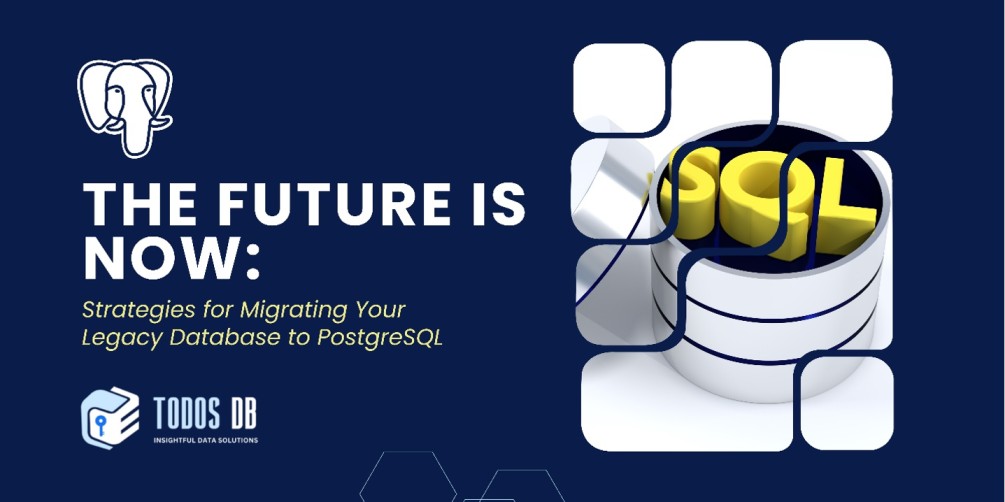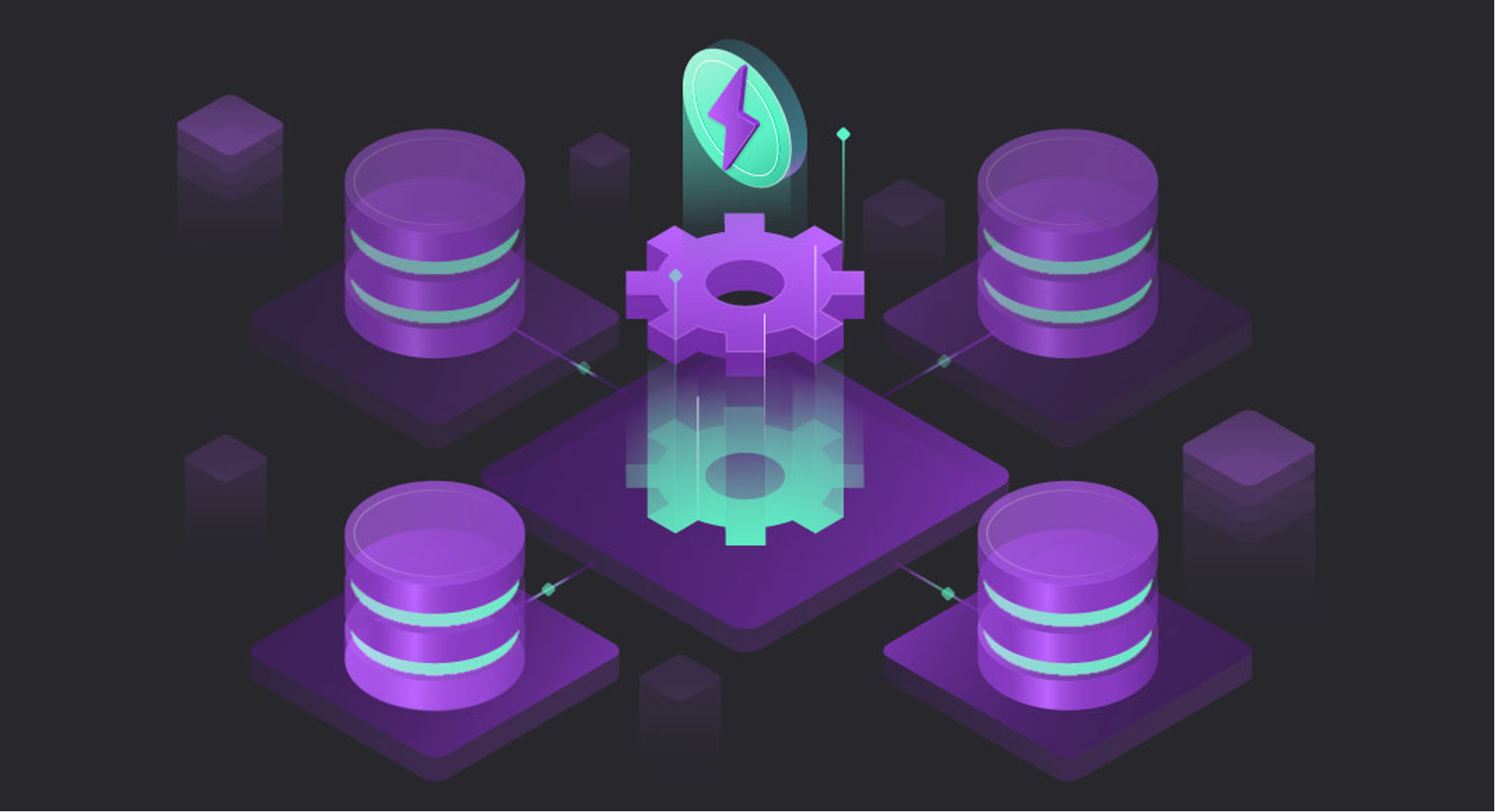The world of data is constantly evolving. Legacy database systems, once the reliable workhorses of your organization, might be struggling to keep pace with the demands of modern applications and data growth. These older systems can be slow, expensive to maintain, and lack the flexibility needed for today’s agile development environment. Struggling with limited scalability, they can become bottlenecks that hinder application performance and growth. Queries take longer to run, reports become tedious to generate, and managing ever-increasing data volumes becomes a constant battle.
But fear not! There’s a future-proof solution waiting: migrating your legacy database to PostgreSQL. PostgreSQL, a powerful and open-source object-relational database management system (ORDBMS), offers a compelling alternative. Unlike legacy systems, PostgreSQL is designed to scale effortlessly alongside your organization’s data growth. No more worrying about infrastructure limitations – PostgreSQL can handle massive datasets and growing workloads with ease.
PostgreSQL’s robust security features ensure your valuable data remains safe and protected. With built-in user authentication, authorization controls, and encryption capabilities, you can be confident that your data is in good hands. Furthermore, being open-source eliminates vendor lock-in and frees you from the high licensing costs associated with proprietary database solutions.
But PostgreSQL’s advantages extend far beyond cost savings. It boasts a wide range of advanced features that cater to the needs of modern applications. Support for complex data types allows you to store and manipulate a wider variety of information, while robust querying capabilities empower you to extract valuable insights from your data. PostgreSQL also offers advanced functionalities specifically designed for modern applications, such as geospatial data support, powerful indexing options, and built-in functionality for integrating with web services. By migrating to PostgreSQL, you’re not just solving a current problem; you’re investing in a future-proof solution that can grow and adapt alongside your organization’s needs.

By migrating to PostgreSQL, you can unlock a new era of data management for your organization. But how do you get there? Let’s explore some key strategies for a successful migration.
Understanding Your Options: Migration Strategies
There are several approaches to migrating a legacy database to a new system. The best choice for you will depend on factors like the size and complexity of your database, your downtime tolerance, and available resources. Here’s a breakdown of some common strategies:
Lift-and-Shift: This involves directly moving the existing database schema and data to PostgreSQL with minimal modifications. This is a quick and easy approach for simpler databases, but it might not leverage all of PostgreSQL’s capabilities.
Schema Conversion: In this approach, the database schema is rewritten to take full advantage of PostgreSQL’s features. This can involve optimizing data types, restructuring tables, and leveraging advanced functionalities. While it requires more effort upfront, it can lead to significant performance improvements and a more modern database structure.
Hybrid Approach: This combines elements of both lift-and-shift and schema conversion. Critical data or tables can be migrated quickly with minimal changes, while more complex structures undergo a more thorough conversion process.

PostgreSQL: A Perfect Fit for Modernization
PostgreSQL is a versatile database that can accommodate a variety of migration strategies. Here’s why it shines in the context of legacy database modernization:
Open-source nature: Eliminate vendor lock-in and potentially significant licensing costs associated with proprietary database systems.
Wide range of features: PostgreSQL supports complex data types, advanced querying capabilities, and functionalities that can enhance your application’s performance and capabilities.
Scalability: Seamlessly handle increasing data volumes without compromising performance. PostgreSQL can grow with your organization’s needs.
Active Community: Benefit from a large and vibrant open-source community that provides extensive documentation, support resources, and ongoing development.

Planning for Success: A Step-by-Step Guide
Migrating a legacy database requires careful planning and execution. Here’s a roadmap to guide you through the process:
Assessment: Evaluate your current database system, identify its limitations, and define your migration goals.
Planning: Choose the most suitable migration strategy based on your needs. Develop a detailed plan outlining the migration steps, resources required, and rollback procedures.
Setting Up PostgreSQL: Install and configure PostgreSQL on your target system, ensuring it meets your performance and security requirements.
Data Migration: Execute the chosen migration strategy, transferring data and schema to PostgreSQL. This might involve using migration tools or writing custom scripts.
Testing and Validation: Thoroughly test the migrated database to ensure data integrity, functionality, and performance. Refine the migration process if necessary.
Go Live: Cut over to the new PostgreSQL database with minimal disruption to your applications and users. Monitor the system closely for any issues.
Conclusion: Unleashing the Power of Your Data with PostgreSQL
The transition from a legacy database system to PostgreSQL may seem daunting, but the rewards are substantial. PostgreSQL offers a robust, secure, and scalable foundation for your data, empowering your organization to thrive in the ever-evolving digital landscape. By carefully planning your migration strategy and leveraging the extensive resources available, you can unlock a new era of data management efficiency and unlock the full potential of your applications. Don’t let your legacy database hold you back – embrace the future and migrate to PostgreSQL today.

